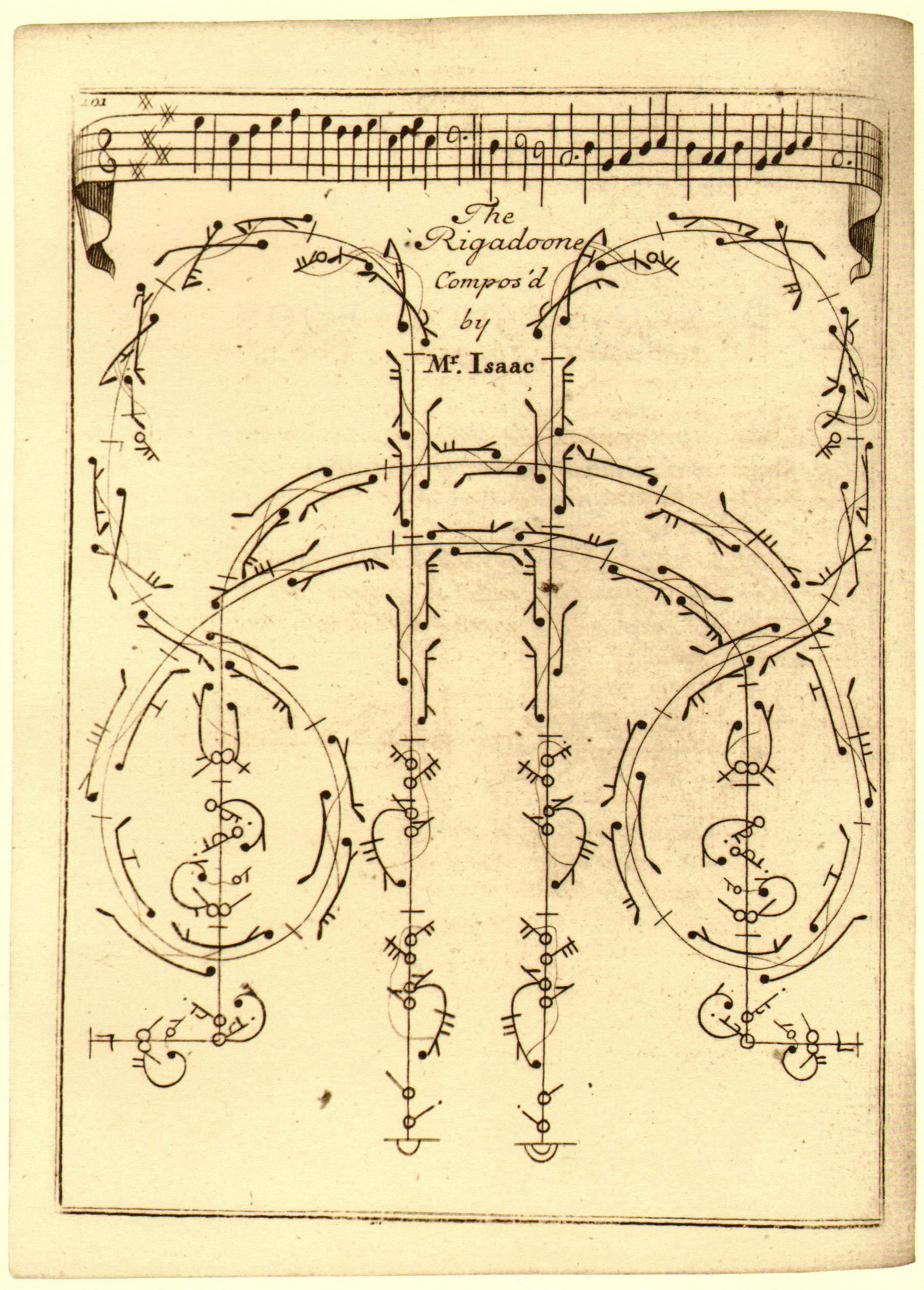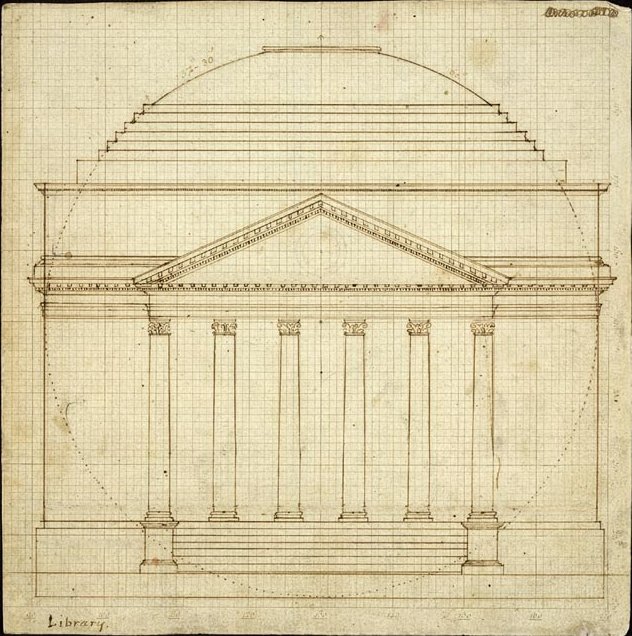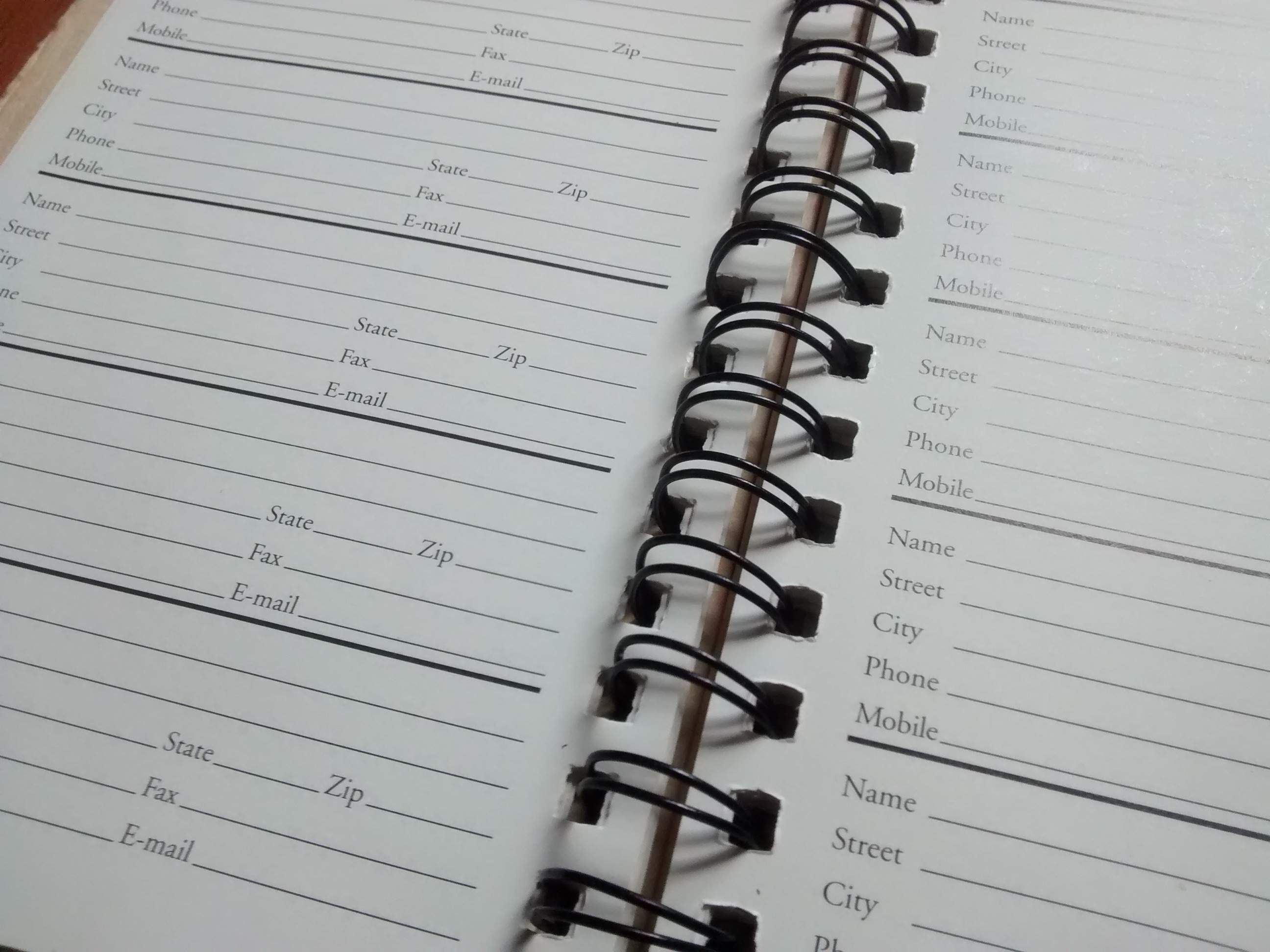|
Terry Belanger
Terry Belanger is the founding director of Rare Book School (RBS), an institute concerned with education for the history of books and printing, and with rare books and special collections librarianship. He is University Professor Emeritus at the University of Virginia (UVa), where RBS has its home base. Between 1972 and 1992, he devised and ran a master's program for the training of rare book librarians and antiquarian booksellers at the Columbia University School of Library Service. He is a 2005 MacArthur Fellow. Education and early work Born in 1941, Belanger attended public schools in Bristol, Connecticut. He has degrees from Haverford College (A.B., 1963) and from Columbia University (M.A., 1964; Ph.D., 1970), where he studied under James L. Clifford, Allen T. Hazen, and John H. Middendorf. Between 1966 and 1971, while working on his dissertation on aspects of the 18th-century London book trade, he taught advanced prose composition courses at the Columbia University School of ... [...More Info...] [...Related Items...] OR: [Wikipedia] [Google] [Baidu] |
Rare Book School
Rare Book School (RBS) is an independent 501(c)(3) non-profit organization based at the University of Virginia. It supports the study of the history of books, manuscripts, and related objects. Each year, RBS offers about 30 five-day courses on these subjects. Most of the courses are offered at its headquarters in Charlottesville, Virginia but others are held in New York City, Washington, D.C., and Baltimore, Maryland. Its courses are intended for teaching academics, archivists, antiquarian booksellers, book collectors, conservators and bookbinders, rare book and special collections librarians, and others with an interest in book history. The school was founded in 1983 at Columbia University by Terry Belanger, and moved to the University of Virginia in 1992. In 2005, Belanger received a $500,000 MacArthur Genius Grant from the John D. and Catherine T. MacArthur Foundation for his work in supporting the study of the history of books and printing by offering training opportunit ... [...More Info...] [...Related Items...] OR: [Wikipedia] [Google] [Baidu] |
Letterpress Printing
Letterpress printing is a technique of relief printing. Using a printing press, the process allows many copies to be produced by repeated direct impression of an inked, raised surface against sheets or a continuous roll of paper. A worker composes and locks movable type into the "bed" or "chase" of a press, inks it, and presses paper against it to transfer the ink from the type, which creates an impression on the paper. In practice, letterpress also includes other forms of relief printing with printing presses, such as wood engravings, photo-etched zinc "cuts" (plates), and linoleum blocks, which can be used alongside metal type, or wood type in a single operation, as well as stereotypes and electrotypes of type and blocks. With certain letterpress units, it is also possible to join movable type with slugs cast using hot metal typesetting. In theory, anything that is "type high" and so forms a layer exactly 0.918 in. thick between the bed and the paper can be printed using l ... [...More Info...] [...Related Items...] OR: [Wikipedia] [Google] [Baidu] |
Mary Ann O'Brian Malkin
Mary Ann ( O'Brian) Malkin (March 13, 1913 – August 1, 2005) was an American editor and dance notator. She collected books on dance notation, the shorthand used by choreographers to make detailed records of their work. Especially strong in 18th-century European material, her collection, given to Penn State in 2003, was the best in private hands. Career She was born March 13, 1913 in Altoona, Pennsylvania, the daughter of Agnes ( Lynch) and Lawrence O'Brian. Her father worked for the Pennsylvania Railroad. A 1937 graduate of the Pennsylvania State University, she married Donald Woodward Lee, an instructor at Penn State, and the couple moved to New York City so that Lee could pursue a doctorate at Columbia University; this marriage ended in divorce. While working at the R. R. Bowker Company in the mid-1940s, she met Sol. M. Malkin, editor of the ''Antiquarian Bookman'' (''AB''). Malkin purchased this weekly magazine from Bowker in 1953, by which time it had become a prime sourc ... [...More Info...] [...Related Items...] OR: [Wikipedia] [Google] [Baidu] |
Monticello
Monticello ( ) was the primary plantation of Founding Father Thomas Jefferson, the third president of the United States, who began designing Monticello after inheriting land from his father at age 26. Located just outside Charlottesville, Virginia, in the Piedmont region, the plantation was originally , with Jefferson using the labor of enslaved Africans for extensive cultivation of tobacco and mixed crops, later shifting from tobacco cultivation to wheat in response to changing markets. Due to its architectural and historic significance, the property has been designated a National Historic Landmark. In 1987, Monticello and the nearby University of Virginia, also designed by Jefferson, were together designated a UNESCO World Heritage Site. The current nickel, a United States coin, features a depiction of Monticello on its reverse side. Jefferson designed the main house using neoclassical design principles described by Italian Renaissance architect Andrea Palladio and rew ... [...More Info...] [...Related Items...] OR: [Wikipedia] [Google] [Baidu] |
Thomas Jefferson
Thomas Jefferson (April 13, 1743 – July 4, 1826) was an American statesman, diplomat, lawyer, architect, philosopher, and Founding Fathers of the United States, Founding Father who served as the third president of the United States from 1801 to 1809. He was previously the nation's second vice president of the United States, vice president under John Adams and the first United States Secretary of State, United States secretary of state under George Washington. The principal author of the United States Declaration of Independence, Declaration of Independence, Jefferson was a proponent of democracy, republicanism, and individual rights, motivating Thirteen Colonies, American colonists to break from the Kingdom of Great Britain and form a new nation. He produced formative documents and decisions at state, national, and international levels. During the American Revolution, Jefferson represented Virginia in the Continental Congress that adopted the Declaration of Independence. As ... [...More Info...] [...Related Items...] OR: [Wikipedia] [Google] [Baidu] |
Armed Services Editions
Armed Services Editions (ASEs) were small paperback books of fiction and nonfiction that were distributed in the American military during World War II. From 1943 to 1947, some 122 million copies of more than 1,300 ASE titles were distributed to servicemembers, with whom they were enormously popular. The ASEs were edited and printed by the Council on Books in Wartime (CBW), an American non-profit organization, in order to provide entertainment to soldiers serving overseas, while also educating them about political, historical, and military issues. The slogan of the CBW was: "Books are weapons in the war of ideas." History After Selective Training and Service Act of 1940, the draft was reinstated in the U.S. in 1940, millions of young soldiers found themselves in barracks and training camps, where they were often bored. The head of the Army's Library Section, Raymond L. Trautman, sought to remedy this by purchasing one book per soldier, but when that failed, librarians launched a na ... [...More Info...] [...Related Items...] OR: [Wikipedia] [Google] [Baidu] |
The Rotunda (University Of Virginia)
The Rotunda is a building located on The Lawn on the original grounds of the University of Virginia. Thomas Jefferson designed it to represent the "authority of nature and power of reason" and modeled it after the Pantheon in Rome. Construction began in 1822 and was completed shortly after Jefferson's death in 1826. The campus of the new university was unique in that its buildings surrounded a library (the principal function of the Rotunda) rather than a church, as was common at other universities in the English-speaking world. To many, the Rotunda symbolizes Jefferson's belief in the separation of church and education, and represents his lifelong dedication to education and architecture. The Rotunda was designated a National Historic Landmark in 1966, and is part of the University of Virginia Historic District, designated in 1971. The collegiate structure, the immediate area around it, and Jefferson's nearby home at Monticello combine to form one of only six modern man-made sites ... [...More Info...] [...Related Items...] OR: [Wikipedia] [Google] [Baidu] |
University Of Virginia School Of Engineering And Applied Science
The University of Virginia School of Engineering and Applied Science (SEAS), established in 1836, is the oldest engineering school in the American South and the fourth oldest in the United States.Chemical Engineering Department History. ''http://www.che.virginia.edu/history.html''. Retrieved June 28, 2006. SEAS is one of 12 schools and colleges at the University of Virginia. History In 1836, the Board of Visitors made civil engineering a formal course of study at the University of Virginia. At the time, there were just three institutions of higher learning in the U.S. wholly devoted to engineering instruction. With its 1836 resolution, the University of Virginia became the first enduring engineering program established in the South and the first in the nation at a comprehensive university. In 2012, the Engineering School established the Department of Engineering and Society (E&S). Along with providing many of the foundational courses in the School's curriculum, E&S is responsi ... [...More Info...] [...Related Items...] OR: [Wikipedia] [Google] [Baidu] |
History Of The Book
The history of books became an acknowledged academic discipline in the 1980s. Contributors to the discipline include specialists from the fields of textual scholarship, codicology, bibliography, philology, palaeography, art history, social history and cultural history. Its key purpose is to demonstrate that the book as an object, not just the text contained within it, is a conduit of interaction between readers and words. Prior to the evolution of the printing press, made famous by the Gutenberg Bible, each text was a unique handcrafted valuable article, personalized through the design features incorporated by the scribe, owner, bookbinder, and illustrator. Analysis of each component part of the book reveals its purpose, where and how it was kept, who read it, ideological and religious beliefs of the period and whether readers interacted with the text within. Even a lack of evidence of this nature leaves valuable clues about the nature of that particular book. Origins The ... [...More Info...] [...Related Items...] OR: [Wikipedia] [Google] [Baidu] |
Address Book
An address book or a name and address book is a book, or a database used for storing entries called contacts. Each contact entry usually consists of a few standard fields (for example: first name, last name, company name, address, telephone number, e-mail address, fax number, mobile phone number). Most such systems store the details in alphabetical order of people's names, although in paper-based address books entries can easily end up out of order as the owner inserts details of more individuals or as people move. Many address books use small ring binders that allow adding, removing, and shuffling of pages to make room. Little black book Address books are often referred to as "little black books" because of the switch to rotary dial telephone service. Early telephone services utilized operators to connect calls; however, in the 1940s and 1950s, the Bell Telephone Company introduced a dial service, whereby customers became responsible for directly entering destination phone ... [...More Info...] [...Related Items...] OR: [Wikipedia] [Google] [Baidu] |
Archivist
An archivist is an information professional who assesses, collects, organizes, preserves, maintains control over, and provides access to Document, records and archives determined to have long-term value. The records maintained by an archivist can consist of a variety of forms, including letters, diaries, logs, other personal documents, government documents, sound and/or picture recordings, digital files, or other physical objects. Description As Richard Pearce-Moses wrote: Determining what records have enduring value can be challenging. Archivists must also select records valuable enough to justify the costs of storage and preservation, plus the labor-intensive expenses of arrangement, description, and reference service. The theory and scholarly work underpinning archives practices is called archival science. The most common related occupations are librarians, Curator, museum curators, and records managers. The occupation of archivist is distinct from that of librarian. The ... [...More Info...] [...Related Items...] OR: [Wikipedia] [Google] [Baidu] |
Wallace Kirsop
Wallace Kirsop (born 1933) is an eminent Australian scholar in French studies and in book trade history.Colin NettlebeckA Conversation with Wallace Kirsop Institute for the Study of French Australian Relations, Inc. Retrieved 27 February 2017.Professor Wallace Kirsop sydney.edu.au. Retrieved 19 July 2020.Wallace Kirsop monash.edu.au. Retrieved 20 May 2018.Harold Love, "Wallace Kirsop", in: David Garrioch et al., eds., ''The Culture of the Book: Essays from Two Hemispheres in Honour of Wallace Kirsop'', Melbou ... [...More Info...] [...Related Items...] OR: [Wikipedia] [Google] [Baidu] |




